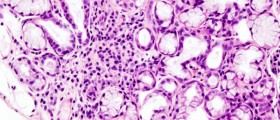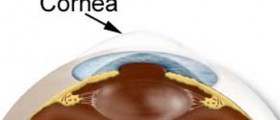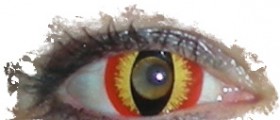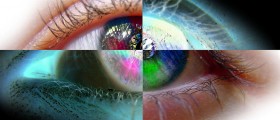
Keratoconjunctivitis sicca or dry eye
Keratoconjunctivitis sicca, abbreviated KCS, is a condition marked by the malfunctioning in tear production. The lacrimal glands are responsible for the secretion of tears, which make our eyes wet or moist. When these glands, due to some factors, do not produce enough watery secretions, it leads to the occurrence of dry eye in small animals, including dogs.
The health of cornea, which is the surface of the eye, depends on the sufficient amount of tears since they cleanse and lubricate it, but also carry the necessary nutrients. The tears assist in controlling various eye infections, but also in the healing of them. When there is insufficiency of tears, cornea and conjunctiva become irritated, which can lead to the serious complications, such as the formation of corneal ulcers and corneal scarring.
Causes of dry eye in dogs
Dry eye in dogs may occur as a consequence of various viral infections and inflammations, as well as due to the drug toxicity and certain autoimmune diseases. When the prolapsed nictitans gland is removed in the dog, keratoconjunctivitis sicca may also appear. Some breeds of dogs are especially prone to develop dry eye. For example, Boston terrier, bloodhound and English bulldog are susceptible to this eye disorder. Furthermore, bull terrier, miniature poodle, Pekingese and pug, as well as Yorkshire terrier and American cocker spaniel are some of the dog breeds that are observed to be susceptible to keratoconjunctivitis sicca.
There are no cases when this eye disorders is inherited, while the congenital dry eye in dogs is a very rare condition, which may happen only in the dogs which have very small lacrimal glands, such as pug, Pekingese and Chihuahua.
Symptoms of dry eye in dogs
This eye disorders develops slowly and it first affects just one eye, which spread to the other eye after several months. The dogs usually rub their eyes and squint frequently. They also show that they are sensitive to light while their eyes are red and inflamed. The thick mucousy discharge can be seen either in the eyes or around them.
If keratoconjunctivitis sicca is left untreated, it may lead to serious complication and cause great pain in dogs. The cornea, which is typically transparent, gradually becomes thickened and scarred. Since dry eye causes chronic inflammation, the blood channels and pigmented cells tend to move in to cornea, thus leading to the occurrence of blindness in dogs.

















Your thoughts on this
Loading...